A good, comfortable sleeping bag is essential for getting a sound night’s sleep in your tent, whether it’s on the campsite or the mountainside.
Most technical sleeping bags are now a mummy shape: narrower at the foot area, widening to the shoulders and with a hood to keep the head warm.
Two broad choices for the insulation used in bags are: down and synthetic, the latter usually being some form of polyester structure that traps air to provide the essential thermal barrier to minimise heat loss.
Down is the natural product, usually from geese but sometimes from ducks, of those fine feathers below the outer layer and harvested, washed and sterilised to provide filling for some bags.
Down is the best insulator, gram for gram, but it’s expensive, doesn’t work well when wet, and some down has ethical questions over its origins. Both down bags in this test have certified ethically sourced material.
Down is also best for compressibility, important if you’re backpacking and want your sleeping bag to take up as little space as possible. Some down is now treated to be hydrophilic, keeping its loft better when damp, so increasing its insulating power in these conditions.
Synthetic insulation still keeps most of its thermal properties when damp, is less costly than down, but won’t compress as readily. It also tends to be heavier than down filling.
Sleeping bag ratings can be confusing, and you’ll see various ways of describing a bag’s suitability to different temperatures. You’ll sometimes see them described as two-season, three-season etc. Generally, these are used for sleeping bags designed for use in the following temperatures.
One season 10C+
Two season 5C+
Three season 0C+
Four season -5C.
But these are coarse ratings and don’t always tally across brands. There is a European standard for rating sleeping bags, though this can be confusing too.
- Upper limit: maximum temperature at which a ‘standard’ man can sleep, with the bag unzipped and his arms outside, without sweating
- Comfort: the temperature at which a ‘standard’ woman can sleep comfortable
- Lower: at this temperature, the ‘standard’ man can sleep in a position with his legs curled up for eight hours without waking
- Extreme: the temperature at which the ‘standard’ woman could survive for six hours without becoming hypothermic.
So, the two most useful measures, in our view, are the comfort and lower ratings. Where brands have quoted these, they are used; other brands use different measures.
Just to complicate matters further, there have been changes to down fill-power standards. The fill power is a number denoting how big a volume a given weight of down will occupy. The higher the number, the better the loft of the down and the more its insulating properties.
Generally, and in much simplified terms, a manufacturer quoting European norms is likely to have a slightly lower fill power rating for the same down quoting US federal standards. Both the down bags in our tests are rated by the European figures.
We put five different sleeping bags to the test in a range of conditions, from temperatures hovering just above freezing to about 11C overnight. We also tested a liner, designed both to keep your bag cleaner and also boost warmth.
Overall ratings take into account how warm we felt, how comfortable the bag was overall and how well it packed down for carrying. Weight and value for money were also factors in each bag’s score.
To get the best performance out of your sleeping bag, it should be stored uncompressed when not being used or carried, otherwise the filling’s lofting properties can suffer. Some of the bags came with oversized storage bags to enable this, and we’ve noted this where appropriate.
Haglöfs LIM Down +1
Price: £340
Weight: 476g (including stuffsack)
Filling: down
Packed size: 20cm x 17cm diameter
Temperature rating: +6C comfort, +1C limit and -13C extreme
Country of manufacture: not stated
This minimalist bag is part of the Haglöfs LIM range – Less is More – which is designed to offer performance with less weight.
It tipped our scales at less than 500g with its stuffsack, and it packs down into an impressively compact volume.
The LIM Down +1 has no zip, which marks its design out as different from all the other sleeping bags in the test.
In practice, this doesn’t present any great difficulties but does save a little weight. What you don’t have is the ability to partly unzip the bag if you start to overheat. You can, of course, shuffle your arms out of the bag, which is what I tend to do anyway if overwarm, even when there’s a zip.
Some ventilation can be had from another unusual design aspect of the Haglöfs: the bottom of the sleeping bag is open, so you can push your feet out, or even shuffle around while ‘wearing’ the bag if necessary. There’s a drawcord to close the bottom of the bag if you don’t need any ventilation.
Although Haglöfs describe the bag as having a ‘tight mummy shape’ it felt roomy enough. Getting into the LIM Down +1 presented no problems either, despite the lack of a zip.
The LIM Down +1 is rated at 6C for comfort, and 1C for the lower limit, so it’s a two-to-three season bag, depending on the weather. The LIM range is specifically aimed at lightweight racers and speed hikers, and its lack of weight and bulk will appeal to users such as mountain marathon participants, but also to multi-day walkers who want to keep weight to a minimum and who are looking for a bag that won’t occupy too much space in the rucksack.
Filling is 90/10 bluesign-certified goose down/feather, with a fill-power of 800 measured by the more stringent European standard. The down is ethically sourced Allied Feather and Down’s Titanium, a premium product with good lofting properties.
Face fabric and lining are both in 7 denier nylon, and the hood has a single drawcord, which cinches the top of the bag around the head and chin.
Quality of the LIM Down +1 was good, as you’d expect from Haglöfs and the sleeping bag is certified free from perfluorooctanoic acid (C8). It also comes with a large storage sack that allows the bag to be kept uncompressed when not being used.
The LIM Down +1 provided just about enough warmth on nights varying between 5C and 11C. Its big plus point is its very light weight and excellent packability. The minimalist design presented no problems.
This is a great bag for those who want to carry as little weight as possible, and occupying little space in the pack. Adventure racers will appreciate these features, but it’s a good choice for backpackers with a keen eye on space and weight.
Warmth 13/20
Weight 18/20
Comfort 16/20
Packability 18/20
Quality 9/10
Value for money 6/10
Total score: 80/100
Snugpak Chrysalis 3
Price: £94.95
Weight: 1,692g (including stuffsack)
Filling: synthetic
Packed size: 38cm x 21cm diameter (compressed: 28cm x 21cm diameter)
Temperature rating: -5C comfort, -10C low
Country of manufacture: China
Snugpak’s Chrysalis 3 won a Novel Award back in 2011’s Outdoor Trade Show for, among other things, incorporating a little LED torch in its hood so you can enjoy a little reading in your tent or perhaps find that missing item without scrabbling around for your main torch or lamp.
It has lots of other well-thought-out touches: it has a built-in expansion panel, an elasticated extra section running the length of the bag to about ankle level, with a second zip. This allows extra room within the sleeping bag if needed for more space of a little more ventilation if the temperature gets too much. At shoulder level this gives a useful 12.5cm or even 24cm extra width to the bag when at full stretch.
When not being used to expand the bag, the Expander Panel acts as a sort of jumbo baffle to help keep out draughts. The main zip has double pullers to allow opening from the bottom for extra ventilation.
Face material is nylon Paratex Micro, and lining is Paratex Light, also nylon. The foot lining is in what Snugpak calls thermal suede – a microfleece-type material that gives a nice, instant warm feeling in the foot area when you get into the bag.
Insulation comes from Snugpak’s own Softie polyester filling and is generous, to achieve the -5C rating. The neck baffle has a drawcord to cinch it to keep out draughts and keep in warmth, and the hood also has a similar arrangement.
The hood’s light is actually a Snugpak Micro Torch which slots into a little pouch and the LED then pokes out of a small aperture. Lighting sequence is on-flashing-off and it comes with two spare batteries. Getting the torch into the right position and keeping it there is a little fiddly. There’s just enough light to read a book by.
The Chrysalis 3 has internal length of 220cm. Shorter people can reduce this using two external plastic clips and loops and folding the foot up, to 175cm, though you then lose the benefit of the thermal suede lining at the bottom of the bag.
The clips can also be used to hang the bag up for drying and airing.
The Snugpak sleeping bag also comes with a stuffsack with compression straps to help reduce its bulk when travelling. Even so, it’s a fairly beefy bag, and its synthetic insulation is not as compressible as down.
Warmth was good during cool night sleeps. We didn’t need to vent the bag either using the double zip or expanding baffle. In its normal, unexpanded mode, the extra zip could be felt against the leg, which reduces comfort a little.
The hood and neck baffle drawcords worked well to get a snug fit around the face and the Chrysalis 3 was overall comfortable.
The Snugpak sleeping bag is competitively priced for the warmth it provides. Packed size was medium, but can be reduced a little using the compression straps. It has some good design features to add to versatility and quality of the Chrysalis, produced in China rather than Snugpak’s West Yorkshire factory, was good.
Warmth 14/20
Weight 14/20
Comfort 14/20
Packability 12/20
Quality 7/10
Value for money 9/10
Total score: 70/100
Steiner Kozi-tec 350 Mummy Shaped Sleeping Bag
Price: £34.99
Weight: 1,876g (including stuffsack)
Filling: synthetic
Packed size: 44cm x 27cm diameter (compressed: 30cm x 26cm diameter)
Temperature rating: -2C to -18C
Country of manufacture: not stated
The Kozi-tec 350 sits in the middle of Steiner’s range of three mummy-shaped sleeping bags, and features hollow-fibre siliconised synthetic filling.
Face fabric is hexagon-pattern ripstop polyester, which felt robust, and lining is brushed polyester, which gives the bag a snug feel when you’re getting into it.
The Kozi-tec has a double-puller zip, which allows it to be opened from the bottom for ventilation and it has a baffle for comfort and to keep out draughts. The neck baffle has a drawcord to cinch it in, and the hood also has a drawcord.
There are two fabric loops at the foot end to enable the bag to be hung up to dry or air. Length of the mummy-shaped Steiner bag is 220cm, though it felt a little restricted in the foot area.
The Kozi-tec 350 was the least compressible of all the sleeping bags and was also the heaviest.
The stuffsack has compression straps to reduce its size but the insulation is still quite unyielding and the compressed bag was quite lumpy in its sack.
Price is the big plus-point for this Steiner bag, easily the cheapest in the test. For this, you get a proper mummy-shaped sleeping bag that will keep you warm in cool conditions. It’s not ideal for backpackers due to its weight and bulk, but will suit car campers.
The hood drawcord worked fine, but the cord on the neck gaiter was a little uncomfortable when pulled in tight for warmth retention.
Overall warmth on cool nights was quite good.
For a very modestly priced sleeping bag, the Steiner offers reasonable warmth and all the features you would expect on a mummy shaped bag. For anyone on a tight budget wanting a bag that will keep them snug when the temperature drops towards zero, the Steiner Kozi-Tec 350 is a good choice. Those wanting a light, packable bag will be less pleased with this model, which was the biggest in the test when in its stuffsack, though compression straps helped reduce this.
It’s also the heaviest, pushing towards the weight towards the 2kg mark. But for car campers heading to the country during cooler months, the Steiner bag is hard to beat for value.
Warmth 12/20
Weight 11/20
Comfort 12/20
Packability 10/20
Quality 6/10
Value for money 9/10
Total score: 60/100
Therm-a-Rest Centari
Price: £180
Weight (regular size): 1,778g (including stuffsack)
Filling: synthetic
Packed size: 43cm x 23cm diameter
Temperature rating: -5C comfort, -12C limit and -31C extreme
Country of manufacture: China
The Centari is described by Therm-a-Rest as a four-season sleeping bag, and its synthetic eraLoft insulation is zoned to provide the maximum warmth for the top of the bag, relying on your sleep mat to provide part of the insulation underneath you, where the filling is thinner.
The water-resistant filling means you don’t have to worry unduly about damp conditions. For a full-on winter bag that uses synthetic filling, the Centari’s packability was reasonable, with its stuffsack dimensions not too dissimilar to other synthetic bags in the test with lower warmth ratings.
The differential cut of the sleeping bag enables maximum loft from its filling.
A useful feature of the Therm-a-Rest bag is its Synergy Link system: two elasticated bands on its underside which wrap around your sleep mat and help keep the bag in place. This means, not only do you not tend to wake up through the night to find you and your bag have parted company with the mat, but the sleeping bag tends not to turn with you if you sleep on your side, making for better comfort.
The bag has a double zip, which allows ventilation by unzipping from the bottom if required. It’s protected by a draught-excluding insulation-filled baffle which again enhanced comfort.
Both the neck baffle and the hood have drawcords for cinching in close to keep heat in.
There’s a small, zipped external pocket on the side of the bag at chest level for keeping items such as a smartphone in. The Centari also has loops for hanging the bag while drying or airing.
The Therm-a-Rest Centari comes in two sizes. We tested the regular, for people up to 184cm (6ft). The long version will accommodate taller people up to 198cm (6ft 6ins) and weighs about 200g more.
Quality of the Centari was very good. As well as the stuff sack, the Therm-a-Rest sleeping bag came with a storage bag for when it wasn’t being used.
Warmth during the test was very good, and the Therm-a-Rest bag had good overall comfort. The baffle and hood drawcords worked well and the bag also resisted moisture well. The bag kept feet warm very well too.
The drawbacks are weight and the packed size, which is fairly substantial due to the poorer compressibility of the synthetic insulation compared to down. But on price, for a bag designed to operate below zero, the Centari offers good value.
For backpackers who can find space in their rucksacks and don’t mind a little extra weight, the Therm-a-Rest bag offers performance and damp-condition performance at a good price.
Warmth 15/20
Weight 13/20
Comfort 15/20
Packability 12/20
Quality 9/10
Value for money 8/10
Total score: 72/100
Tundra Pure & Dry -5
Price: £320
Weight: 952g (including stuffsack)
Filling: down
Packed size: 36cm x 19cm diameter
Temperature rating: -5C comfort
Country of manufacture: Poland
Tundra manufactures a range of high-performance down sleeping bags in its factory in Poland.
The bags are filled to order in the factory. There’s a stock of the fabric shells which are then filled with down once an order is received. Tundra says this typically takes up to 10 working days from placing the order to its delivery in the UK by standard courier.
The Pure & Dry versions benefit from the company’s breathable waterproof lightweight matt nylon fabric, which is rated at 10,000mm hydrostatic head, though it’s important to note that seams and baffle stitched points are not taped. The fabric has a ripstop pattern.
The lining of the bag is Toray See it Safe fabric, which includes silver fibre to enhance its anti-microbial properties. Tundra says this aspect makes these bags particularly suited to expedition use over longer periods.
Fill power, using ethically sourced 96-04 down, is 880 fill-power, using the European standard. There’s extra filling in the foot and lower section of the bag to enhance warmth in those areas.
Tundra also said the bag was produced without a side baffle on the opposite side to the zip, so if required, more down could be shaken round from the underside of the bag to the top or vice versa if required.
The outer fabric feels tough and the lining is smooth and comfortable. The neck baffle can be cinched using its drawcord and there are also Velcro fastenings at one side to get a complete seal. The double-puller main zip has a double baffle, one side of which is insulated, and the hood can also be cinched in via a drawcord.
There’s an internal pocket with Velcro fastening at chest level, big enough for a smartphone and wallet. The Pure & Dry -5 has two webbing loops for hanging while drying.
Packability was good, the size in the stuffsack being the second smallest in the test. Quality was very good.
The Tundra Pure & Dry -5 also comes with a bag for uncompressed storage when not in use.
The Tundra sleeping bag was comfortable, with plenty of room internally. Warmth was very good and the down lofted very well. The lining is cut smaller than the outer face to prevent the down being compressed. Feet felt warm too, thanks to the extra down used in that area.
The hood drawcord and neck gaiter cord worked well and provided a snug fit around the head to keep warmth in. It was comforting to know that in the damp of a cold morning, the waterproof face fabric kept the moisture out.
The zip worked well and didn’t snag. An inner baffle protected the zip and provided draughtproofing.
The Tundra Pure & Dry -5 came with a double drawstring stuffsack and a larger storage bag for keeping the bag uncompressed when not in use.
The Tundra sleeping bag is a no-nonsense, well designed and well made bag that provided good warmth as the temperature dropped towards freezing. Quality was very good.
Warmth 16/20
Weight 17/20
Comfort 17/20
Packability 15/20
Quality 9/10
Value for money 7/10
Total score: 81/100
Cocoon Thermolite Radiator Mummy Liner
Price: £55
Weight: 322g (including stuffsack)
Material: polyester
Packed size: 21cm x 10cm diameter
Country of manufacture: China
We tested this liner along with the sleeping bags to determine how big a difference it made in terms of temperature and comfort.
Using a liner such as the Cocoon also helps hygiene as it’s easier to wash than wrestling a whole sleeping bag into the machine and trying to dry it.
Cocoon says the Thermolite Radiator Mummy Liner can add up to 9C in warmth, thanks to its Thermolite fabric, which also works well when wet. In our tests, we estimated it added between 5C and 7C to the warmth of a sleeping bag when used inside it
This can be useful in extending the range of temperatures you can use your bag in. In summer use it without the liner; in cooler times, slip the liner in and benefit from the extra insulation.
The Thermolite Radiator Mummy is fairly light too, at a little over 300g, and its pack size is relatively small too. The fabric feels thin, but its ripstop construction means it’s quite robust.
We found the easiest way to use the Cocoon liner was to slide into it and then get into the sleeping bag. It was fairly comfortable, though we were aware of the ‘two layers’ effect while sleeping using the Thermolite Radiator Mummy.
The material of the Cocoon liner is soft feeling and warm. It also wicks moisture away from the body.
On very warm summer nights, the liner could be used as a sleeping bag on its own.
Using the Cocoon Thermolite Radiator liner adds a little versatility to your sleeping bag. If it’s rated, say, to -5, the liner will extend its usability a few degrees lower. Anyone who already has a bag but wants to use it on colder nights can extend its range for a modest layout and little extra weight and space.
Ratings used for the Cocoon liner are not directly comparable to the sleeping bags ratings as it’s a different kind of product and figures don’t necessarily correlate.
Warmth 10/20
Weight 19/20
Comfort 12/20
Packability 19/10
Quality 7/10
Value for money 6/10
Total score: 73/100
Not surprisingly, the two down sleeping bags performed best in the test but were also the most expensive.
We really liked the simplicity and top performance of the Tundra bag, and the added assurance of the waterproof shell. Warmth was excellent and it was comfortable and compressible, making it the best buy in this test.
Close behind was the Haglöfs bag. Its very small size and light weight make it the sleeping bag of choice for anyone with an eye to keeping things compact and shedding the grams. Warmth was good on nights where the temperature didn’t drop too low.
Slip in a Cocoon liner and the combined weight of the Haglöfs bag and the Thermolite Radiator is still less than 800g, should you wish to keep the warmth up when the weather pushes down towards freezing.
The best performing synthetic bag was the Therm-a-Rest model, which gave good warmth in low temperatures, though bulk and weight were higher than the down bags.
The Snugpak Chrysalis is a competitively priced, well-thought-out bag from the company that specialises in sleeping bags. It had some nice touches and good comfort and was the lightest of the synthetic-filled models.
For out-and-out value, the Steiner sleeping bag is hard to beat. £35 gets you a fully featured bag that, although not really suitable for lightweight backpacking, is great for car campers who fancy a night under canvas when the temperature drops.
And the Cocoon liner is a useful addition to the kit of anyone who wants to avoid having to clean the main bag and who finds it useful to extend the temperature range of their sleeping bag downwards by a few degrees.
All the sleeping bags in this test were suppled to grough by the brands.
Best in test: Tundra Pure & Dry -5
Good buy: Haglöfs LIM Down +1
Good buy: Therm-a-Rest Centari
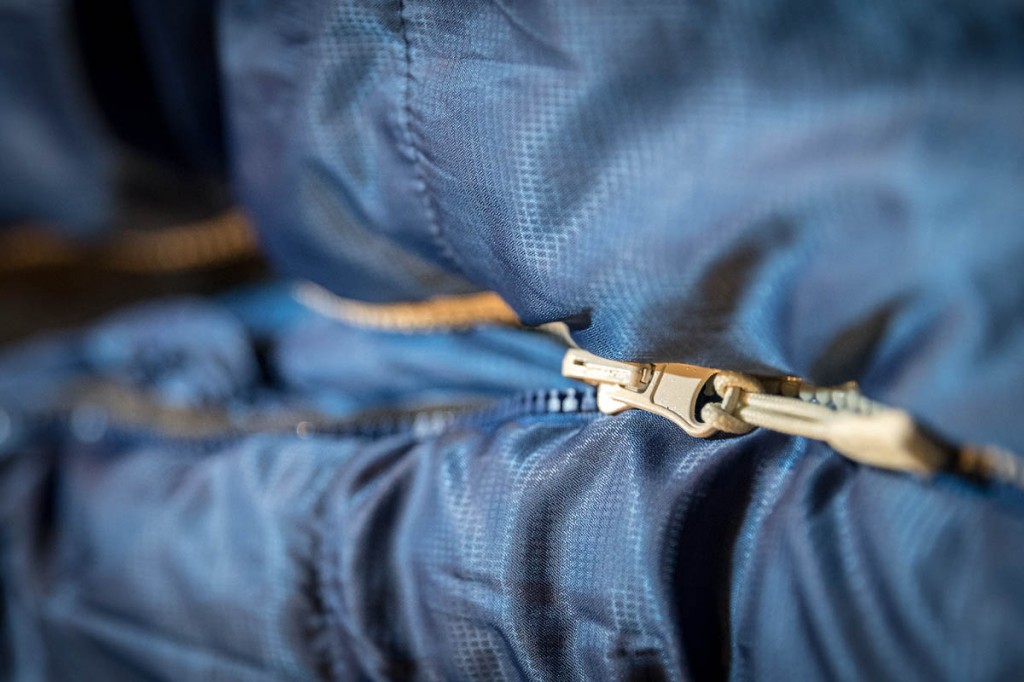
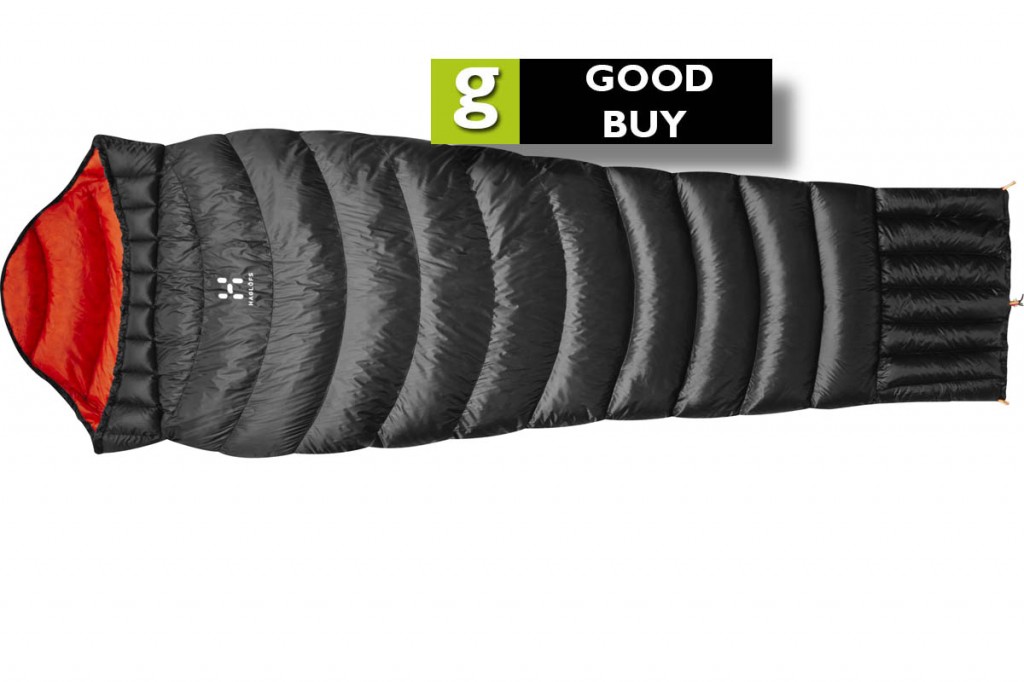
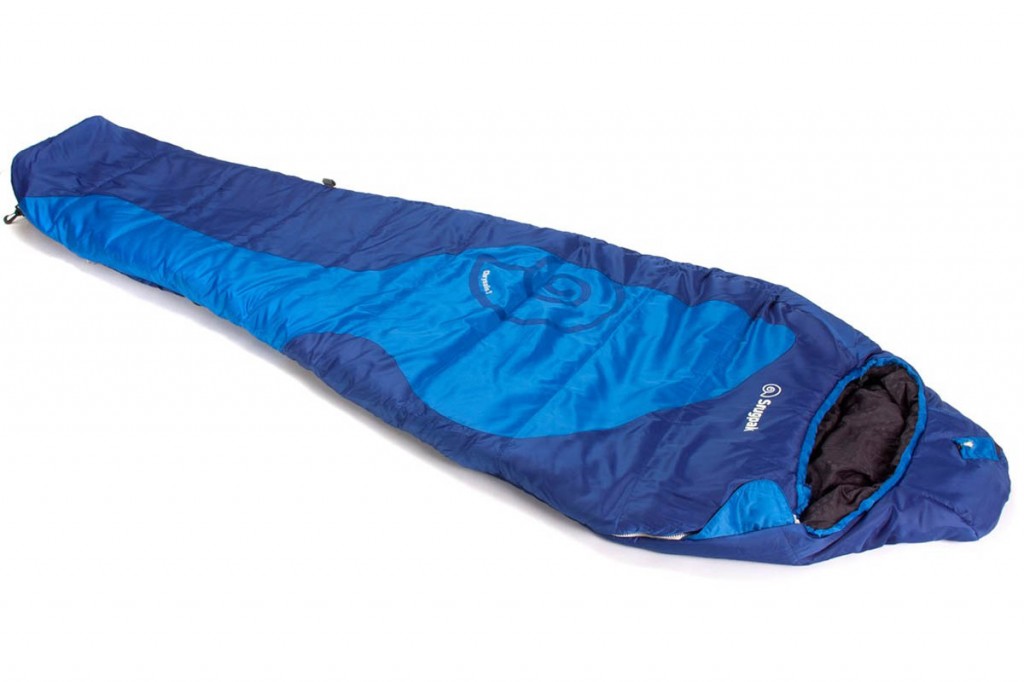
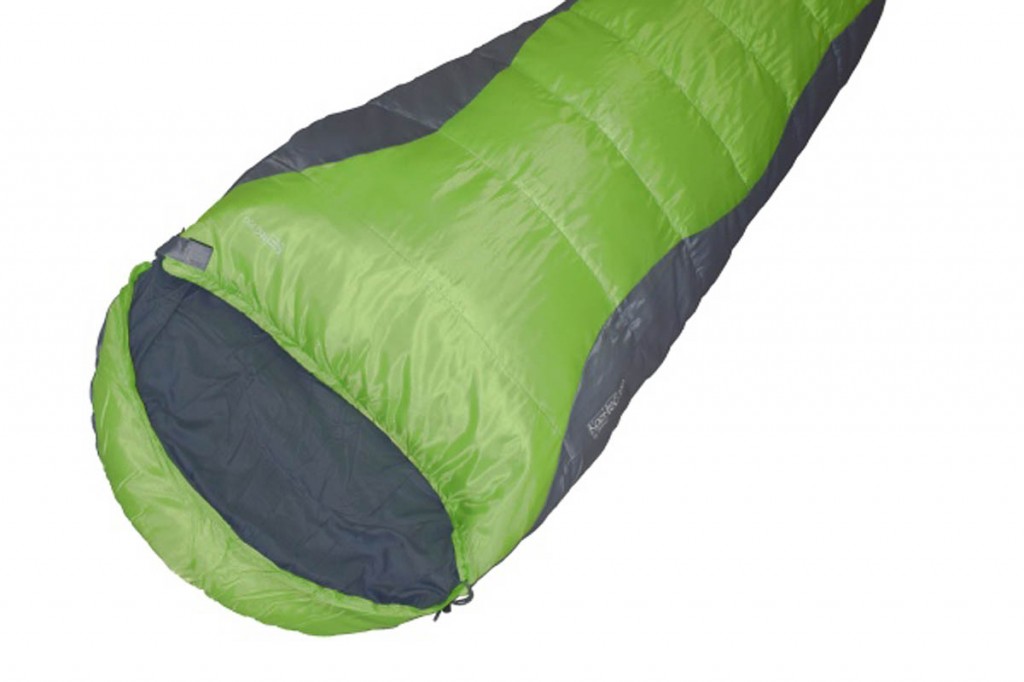
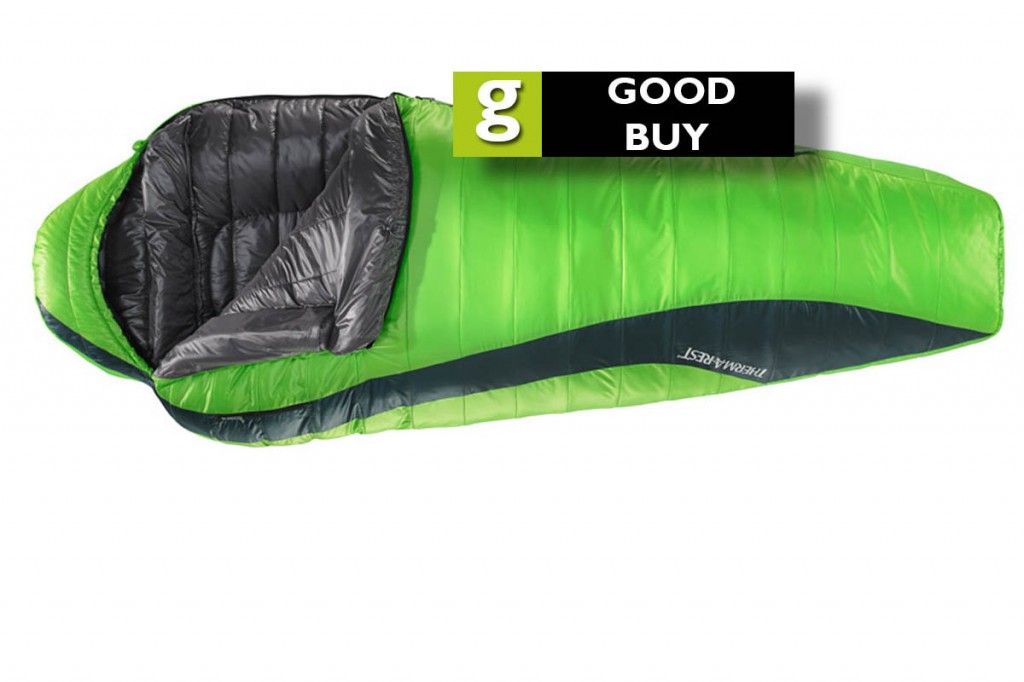
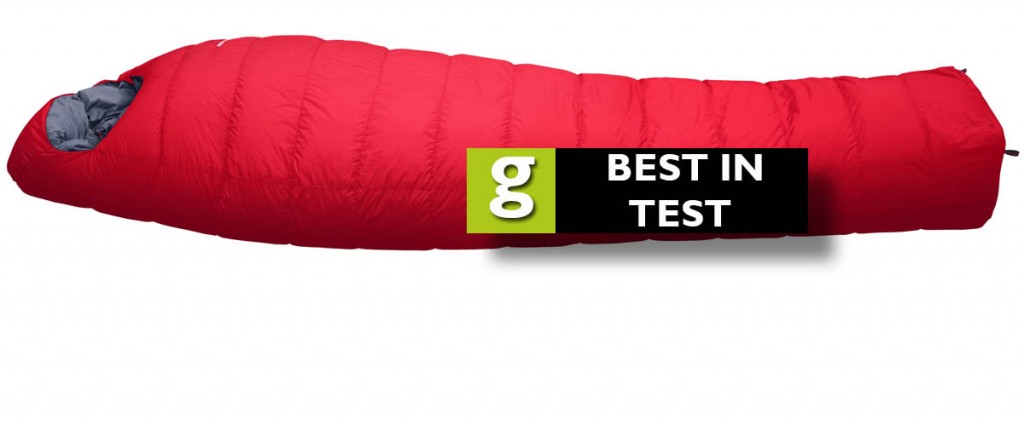
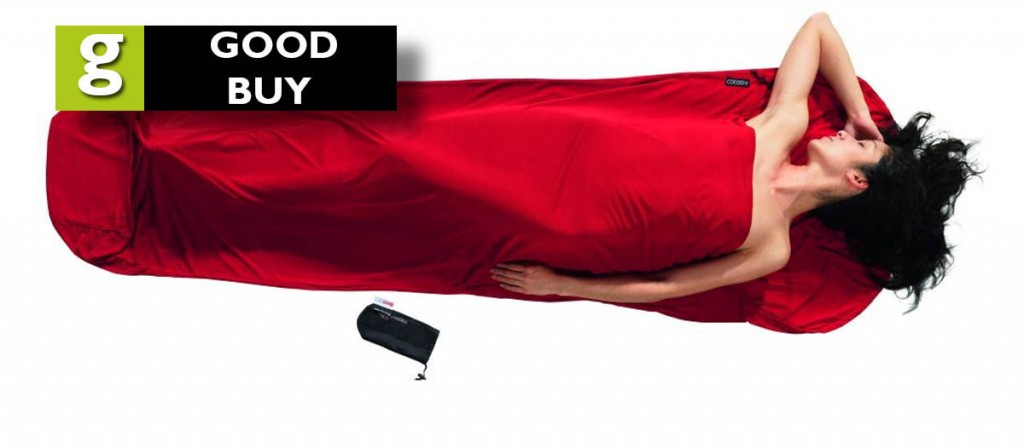
Tobias
15 December 2017I have purchased two Pure -5 sleeping bags recently and I'm not satisfied with the product. They are not filled properly and full of cold spots. Not usable at temperatures near zero c. Tundra have been very unhelpful in solving this issue. Basically ignoring my complaint. I would discourage anyone from buying this product. Spend a few extra bucks and go for a proper brand and don't buy online but at your local outdoor shop so that you know what you get.